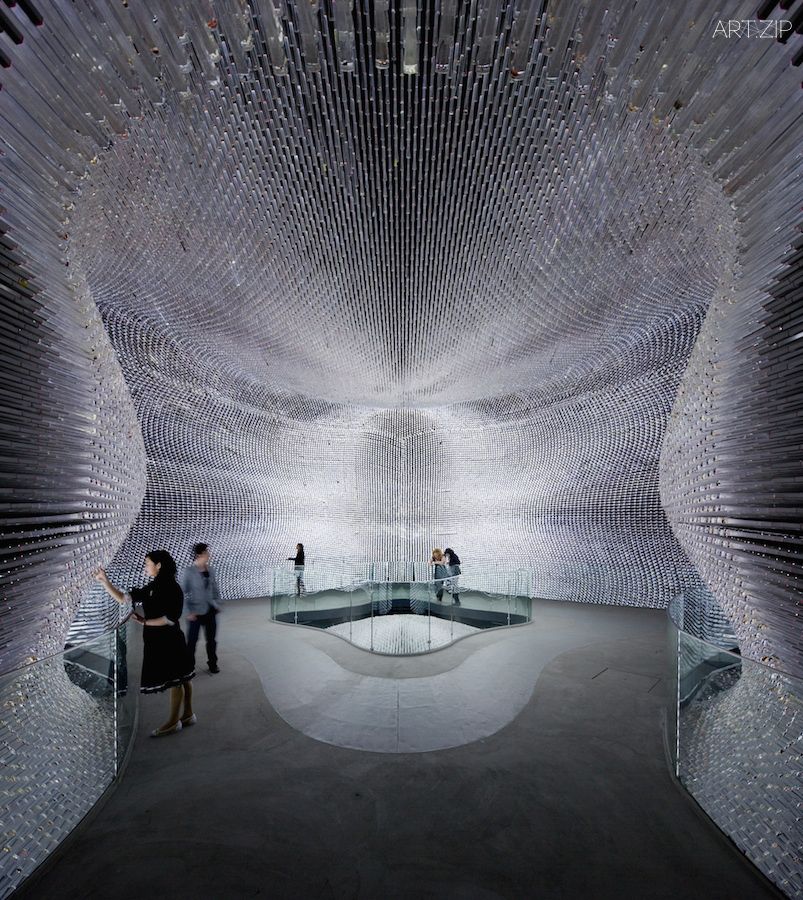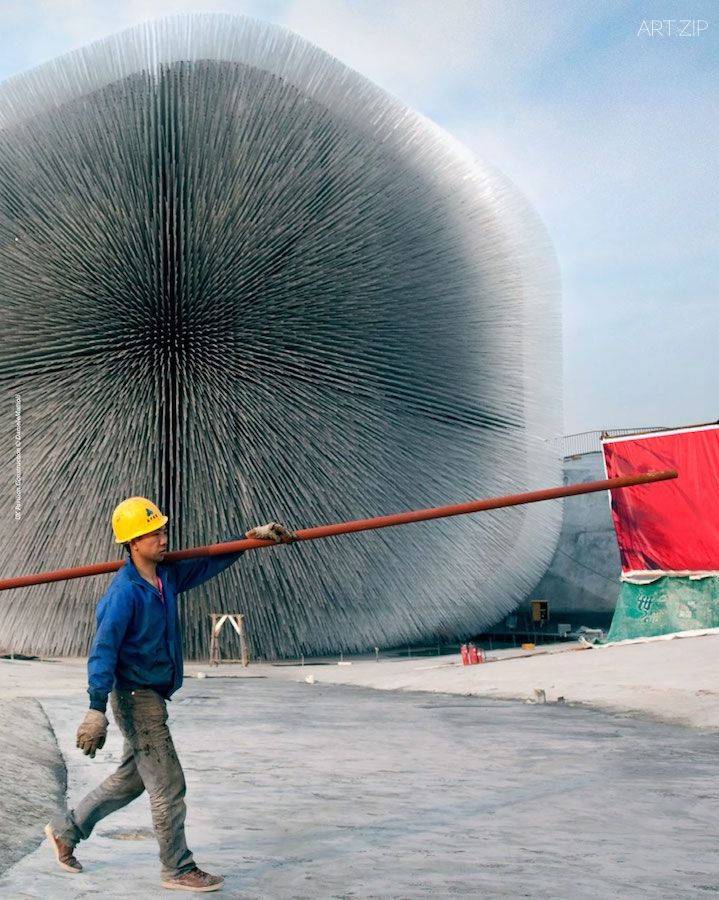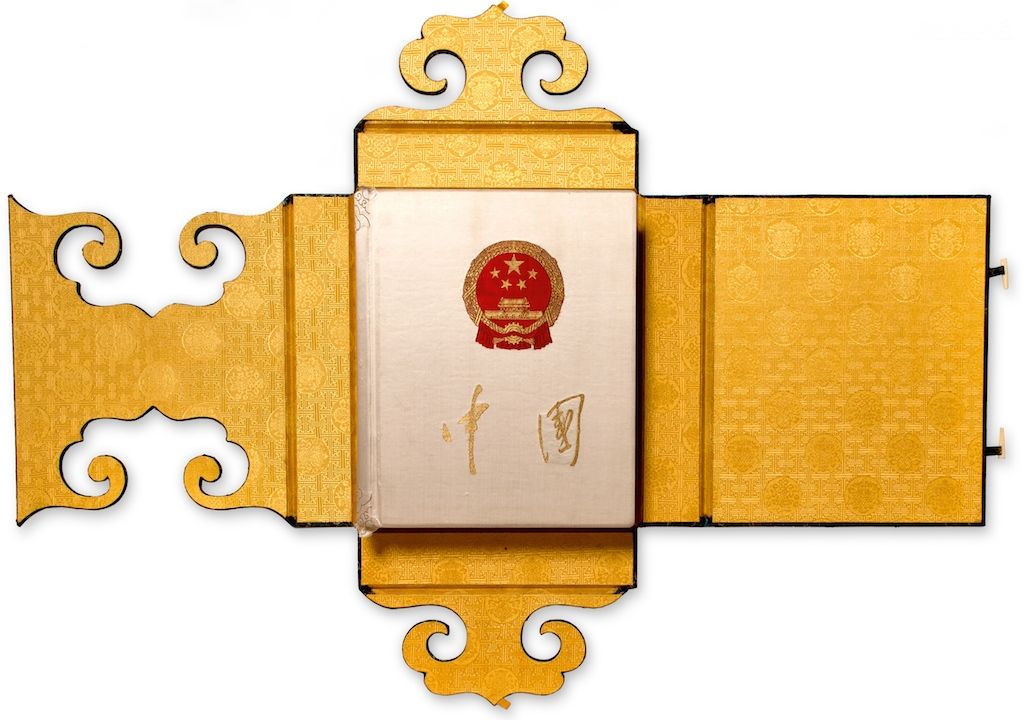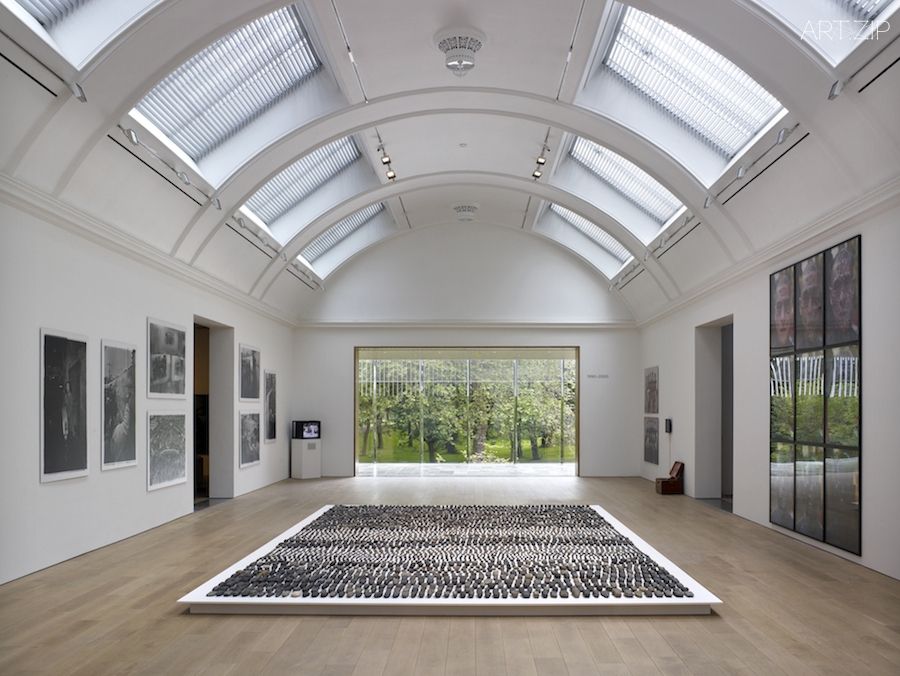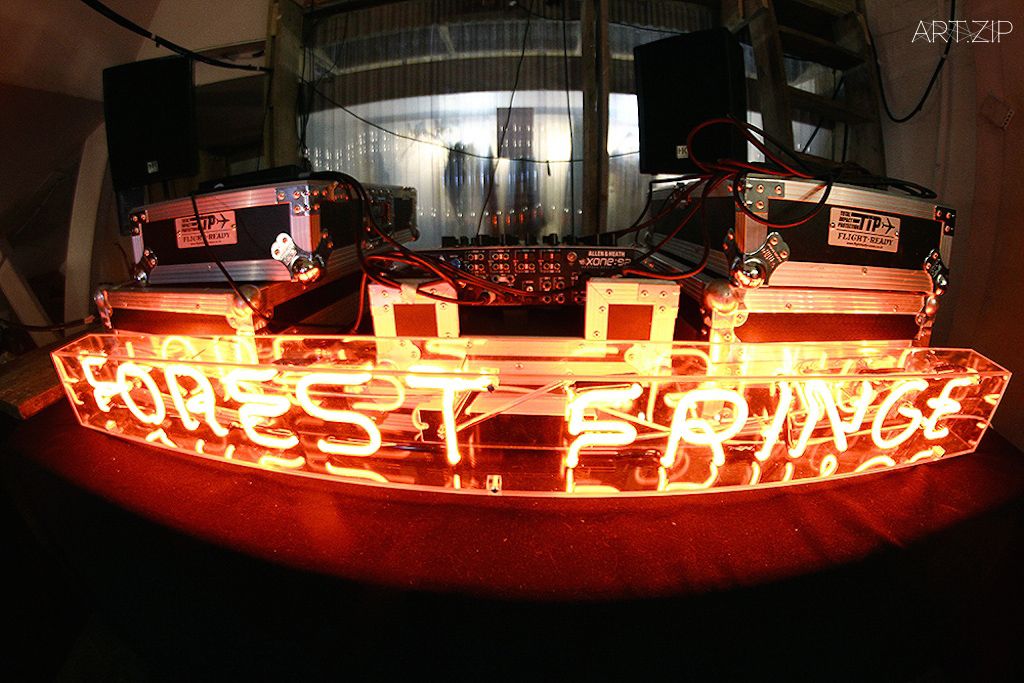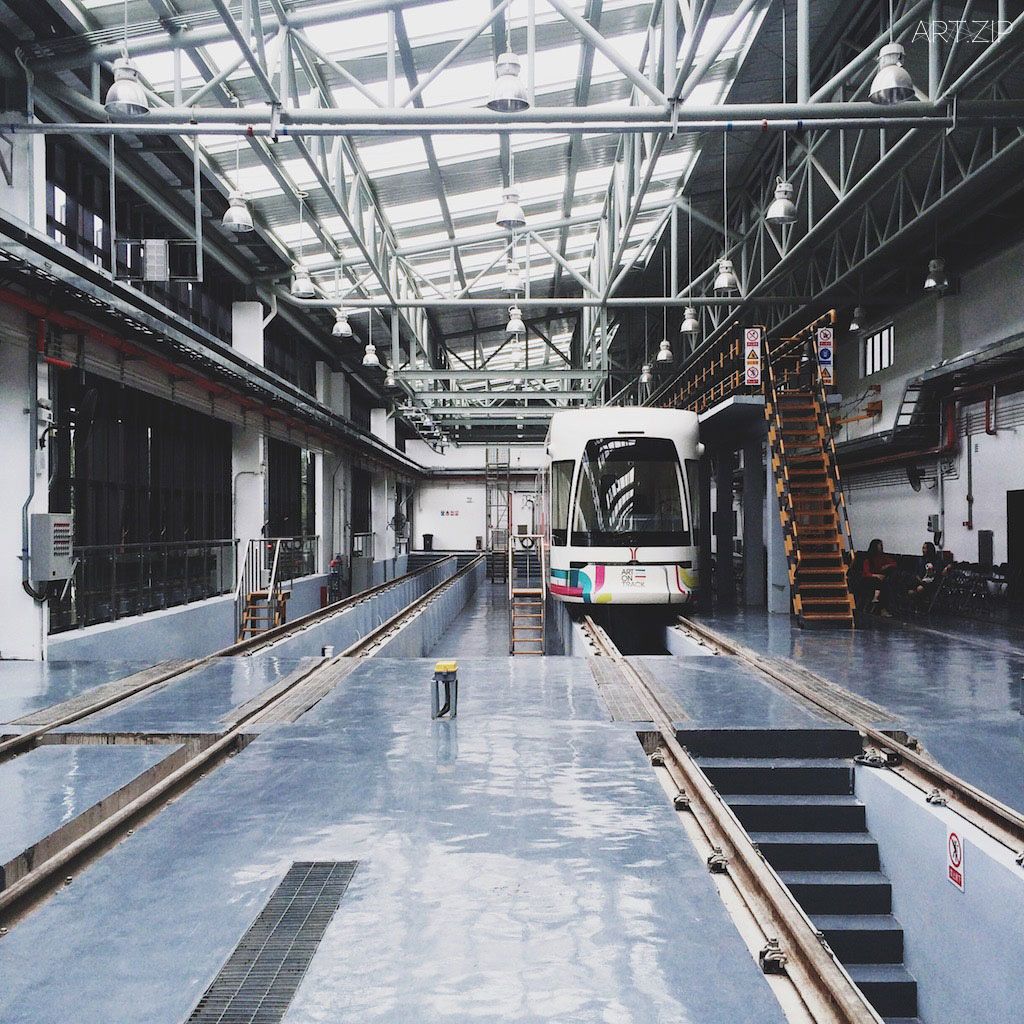The Politics In Art: Untangling The Cultural Exchange
藝術中的政治:文化交流松綁論
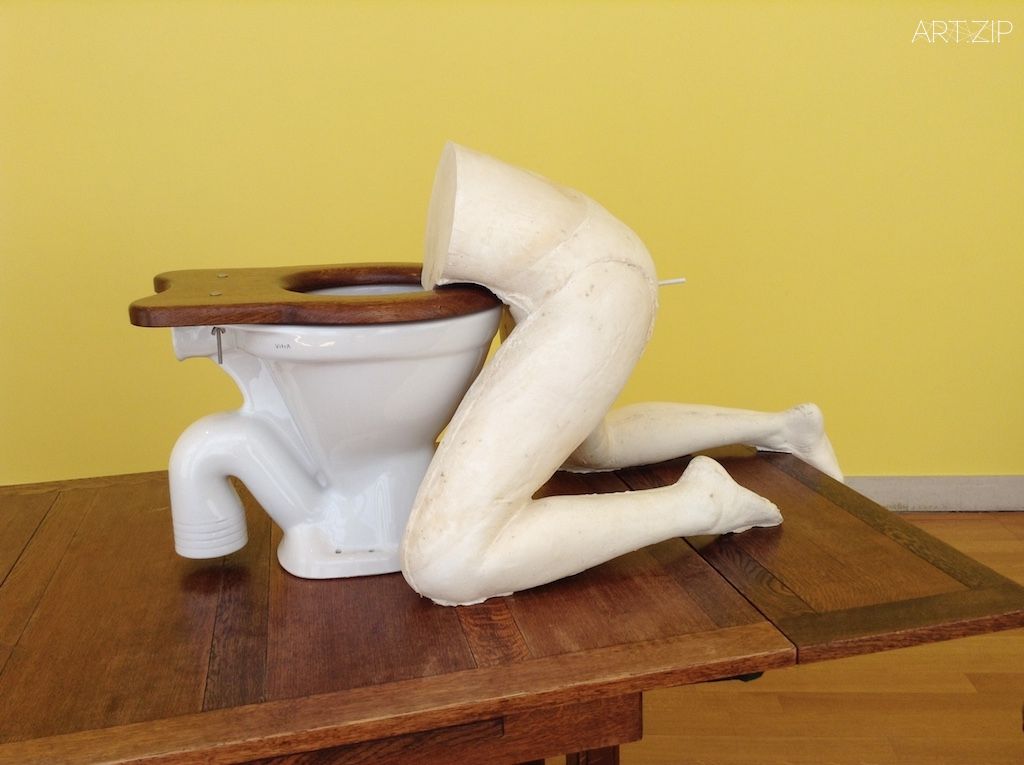
In 2008 Beijing hosted the Olympics and Paralympics, four years later it was London’s turn. To celebrate each country hosted two festivals. In 2008 the UK played host to China Now, which showcased cultural and sporting events from the country. The events included China Design Now, an exhibition that took place at the V&A. The show explored new design in China, focusing on the effect that rapid economic development had on architecture and design in three major Chinese cities: Beijing, Shanghai and Shenzhen. The exhibition focused on a wide range of design from architecture, including the ‘Bird’s Nest’ stadium, to fashion. In 2012 the festival UK Now took place in China and included exhibitions of work by Tony Cragg and Rankin as well as tours from the English National Ballet. The two festivals enabled creative discussions across the two countries and different institutions as well as displaying the quality of each country’s contemporary art scene.

